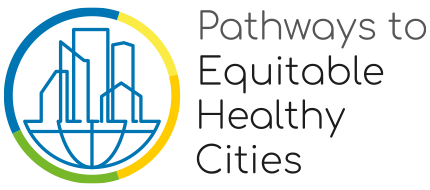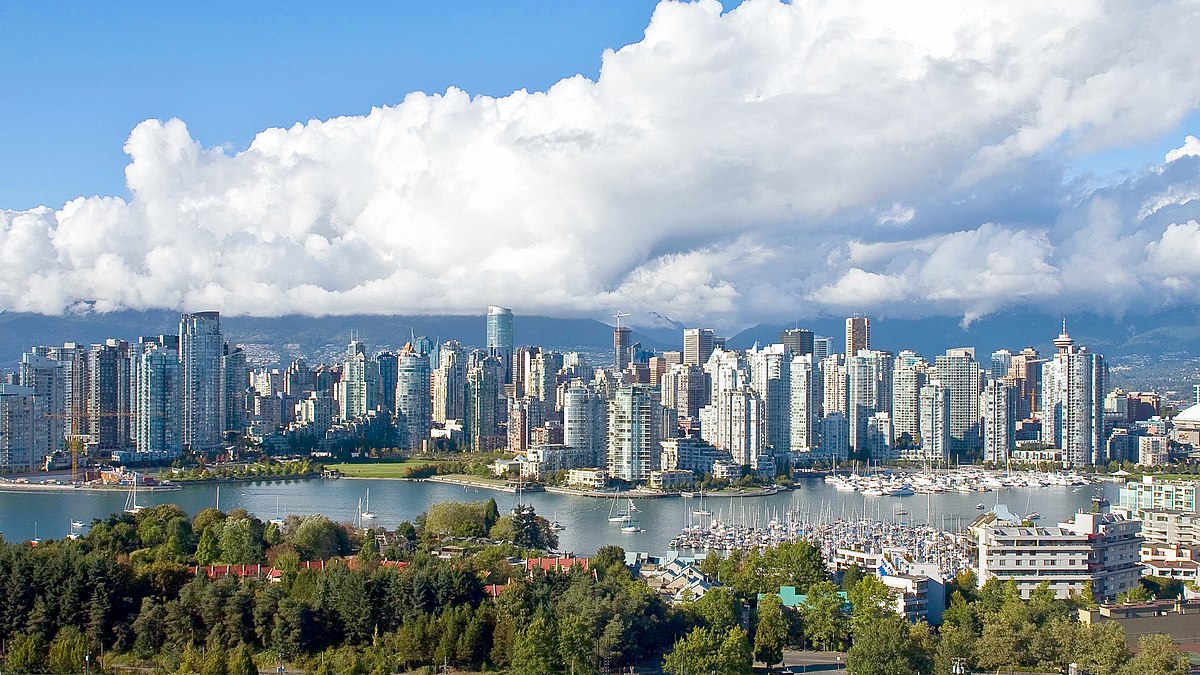Written by: Sabrina Mustabin Jaigirdar, Zahidul Quayyum In a notable recognition of the unwavering dedication of young individuals and community-led endeavours aimed at promoting sustainable waste management practices and addressing waterlogging challenges in Dhaka City, the “Pathways to Equitable Healthy Cities: Public Engagement on Waste Management and Waterlogging in Dhaka City – Certificate Giving Ceremony” was held on September 20, …
East meets West at the International Society for Environmental Epidemiology (ISEE) conference, Taiwan
Written by Sierra Clark, Vishwanath D, Ricky Nathvani, Aina Roca Barcelo. Each year, the largest international scientific gathering of environmental health researchers takes place at the International Society for Environmental Epidemiology (ISEE) conference. This September (2023), the 35th annual ISEE conference was held in Kaohsiung city in Taiwan The theme of the conference was “Connecting the East and the West, …
Obtaining traffic infrastructure data of bicycling in Beijing
Written by Qizheng Wu (Tsinghua University) Why is it essential to examine the quality of bicycling environment in Beijing? According to statistics from the China Bicycle Association, more than 100 million people rely on bicycles as the primary transit mode in 2022. In the meantime, related news reports that the ownership of electric bicycles in China reached 350 million in …
Understanding Socioeconomic Status (SES) in Beijing’s Neighborhoods
Written by Dr. Yan Li Beijing, the bustling capital city of China, is home to a diverse population with a wide range of socioeconomic backgrounds. In this blog post, we will delve into the socioeconomic status (SES) of Beijing’s neighborhoods, shedding light on the various factors that contribute to the city’s social and economic landscape. By examining key indicators …
Engagement and Co-Production Workshop on Climate Change, Health and Flooding in Tamale
Written by Cynthia Awuni, in collaboration with Frans Berkhout Ben Howard and Samuel Agyei-Mensah. In November 2022, our researchers aimed to identify important development issues for the Greater Tamale Metropolitan Area (GTMA) in the context of health and climate change, as well as to explore practical development options and interventions. This began with a visit to the chief palace where …
Drink Smart: Water consumption patterns in the Greater Accra Metropolitan Area
Written by Jacob Tetteh, PhD Candidate Introduction The intake of potable drinking water is needed for the sustenance of all human life and existence, however, in 2020, 771 million people globally lacked even the basic drinking water service according to the WHO and UNICEF. In fact, the World Economic Forum in January 2021 reports that the water crisis is the …
Healthy Neighborhoods: The Vital Role of Infrastructure
Written by: Yuyang Zhang Urban population exceeded 55% of the world total in 2019 and continues to increase, making the impact of urban environments on human health a growing concern. Neighborhoods are the basic geographical unit of a city and the most appropriate to predict residents’ daily activities and exposure to the urban environment. Colleagues in the Housing and Neighborhood …
Why accessibility matters: a case study of London
Written by: Abhilash Singh, PhD candidate About us: The Transport and Mobility group studies the influence of urban transportation, land use and services on health in an integrated manner. The emphasis is on how the combinations of location of home, transportation options and provision of services determines mobility and access to services. The group uses engineering, environmental and epidemiological models …
Equitable access to essential services in metro Vancouver
Written by Avril Li (University of British Columbia) More than four billion people currently live in urban areas globally and that number is projected to increase to about two-thirds of global population by 2050, approximately seven billion people. Through the pandemic in 2020 and increasing urban development, more people realized the importance and necessity of having open and accessible essential …
Old Data New Tricks, New Data New Tricks: Pathways at ICUH 2022
Written by Alicia Cavanaugh (McGill University) and Ricky Nathvani (Imperial College London) In late October, the International Society for Urban Health hosted the 18th International Conference on Urban Health (ICUH) in Valencia, Spain. Hundreds of stakeholders including researchers, policy makers, planners, and members of civil society from all over the world came together to share ideas to improve urban health …

